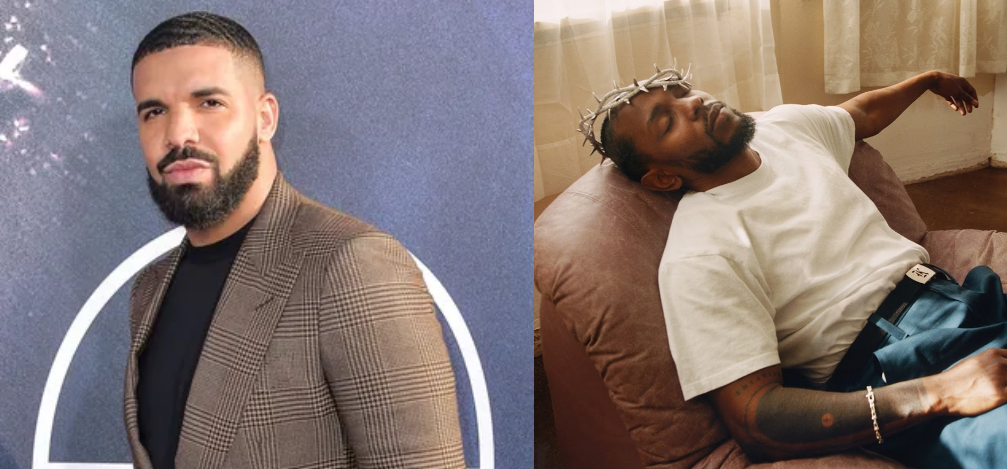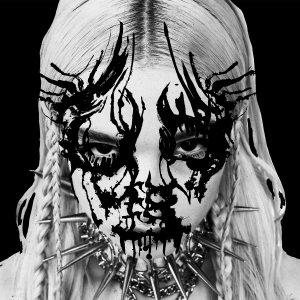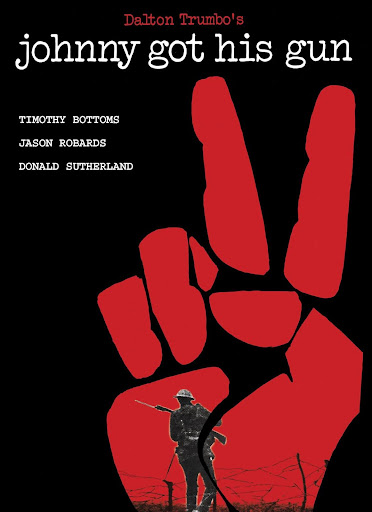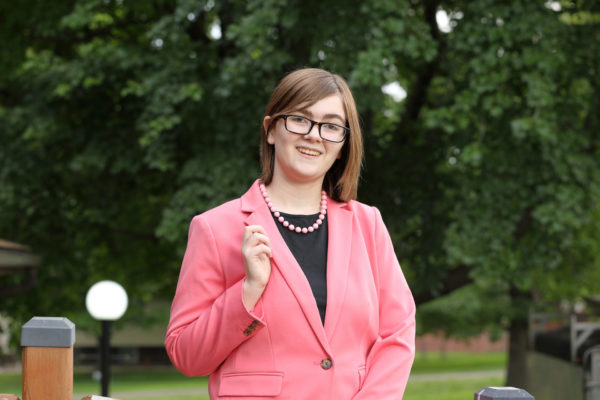2001: A Space Odyssey (1968), directed by Stanley Kubrick, is considered one of the most influential films ever made. With its stunning visuals, grand ideas, and trippy, unusual storytelling, the film has earned preservation in the United States Library of Congress for its artistic and cultural significance.
Less remembered in pop culture history is 2001’s sequel film, 2010: The Year We Make Contact (1984). Not directed by Kubrick, with Peter Hyams taking his place, the film is an adaptation of the second novel in the Space Odyssey series by Arthur C. Clarke (unlike the first film, which was written alongside the book.) With the success of the original, the sequel had a lot to live up to from the get-go. Compared to the way the original shook audiences, how does it ultimately work as a sequel?
To better understand 2001: A Space Odyssey, I interviewed fellow student Caitlin Hainje about her thoughts on the film and its cultural significance.
- What did you think while watching 2001: A Space Odyssey?
Hainje: My first thought when I was watching it was that it was really slow-paced, like, a lot of the movie’s just either silence and heavy breathing or orchestral-like music, with really slow imagery. I feel like the fastest shot in the film was, like, ten seconds long and the rest are even longer than that. But also it has, like, very striking imagery, a pretty beautiful set design, and a lot of interesting images to look at too, so it makes sense why they want you to stare at it for a really long time.
- Why do you think people remember this film so much and regard it as so important?
Hainje: For the time, it’s a very beautiful movie. But it also has a very interesting depiction of space travel, which was also a very hot topic at the time since it was released in 1968, I believe. And it’s also, like, the way that it looks and the way that it sounds, and the robot, HAL 9000. All of those are very, like, unique and interesting. I think a lot of Stanley Kubrick’s films become very iconic because of the way that they’re presented.
- How do you think the film impacted audiences in 1968?
Hainje: I feel like it would be, like, a scary film, especially because people were actually going to the moon, with the whole extra-terrestrial life and everything. A lot of that is very unnerving- also very long. It’d also be very, like, interesting, I think because it was something that was very unique compared to a lot of other space movies at the time. Even looking at the movie today, the way that it looks and the way that it sounds, and the way that it’s still very sleek and fresh and it seems incredibly accurate to (space)- like, it looks very good.
—
Compared to its predecessor, 2010 is still an artsy science fiction film, but it’s far more conventional. There’s more dialogue, more action, and a more cohesive, layered plot. There are no minutes-long shots of space with either orchestral music or dead silence as ambiance, and more focus is given to character relationships and direct action.
With the way the first film focuses on space, a hot topic in the 1960s, 2010 decides to focus on the Cold War, depicting a world in which the Soviet Union and the United States both lead space travel and American astronauts must work together with Soviets despite their countries’ conflict. This choice unfortunately dates the film far more than the original; as the Soviet Union did not make it past the nineties, you are constantly aware of the time the film was written throughout its plot.
Compared to the original’s vague messaging, 2010 is much more blunt. The theme of working together and overcoming conflict, particularly aimed at the Cold War-era politics of the United States, is quite overt. At one point, when a new conflict occurs between the two (then) political giants, the astronauts are instructed to separate their ships and avoid one another, but they must ignore this and continue working together to make it home alive. While this was very relevant to the time the film was made, it makes the sequel somewhat less rich (and arguably a bit sanctimonious).
2010’s ending is also a bit underwhelming, especially compared to the impact the original film’s ending infamously leaves on its viewers. While there is still a fair share of wonder about space and life beyond planet Earth that the sequel brings to the viewer, the intended message is quite obvious by the first viewing, and it doesn’t manage to linger in your memory the same way the first film does. In its more conventional nature, the sequel simply lacks much of the original’s spirit, and that can be a make-or-break deal for fans of the original Space Odyssey.
This isn’t to say that the sequel has nothing going for it, though. The way it treats the characters from the first film, capping off what 2001 left in tragedy and uncertainty, is shockingly powerful. The incredibly heartwarming and satisfying sense of closure to both infamous artificial intelligence gone haywire HAL 9000 (Douglas Rain) and astronaut David Bowman (Keir Dullea), for many, makes the film a worthwhile addition to the Space Odyssey series on its own.
Available on Apple TV, 2010: The Year We Make Contact may not be the groundbreaking classic that the original film is considered today, but it is something that Space Odyssey enthusiasts should consider watching. With wonderful effects, great acting, touching additions, and closure to the characters from the first film, 2010 is remembered and enjoyed by many avid fans of Space Odyssey.







Emily Dykes • Feb 7, 2024 at 2:41 pm
I love the conversation from two Gen Zers about this time in history ie the Cold War and how it affected space travel when the USSR and the US were the two main players in space.